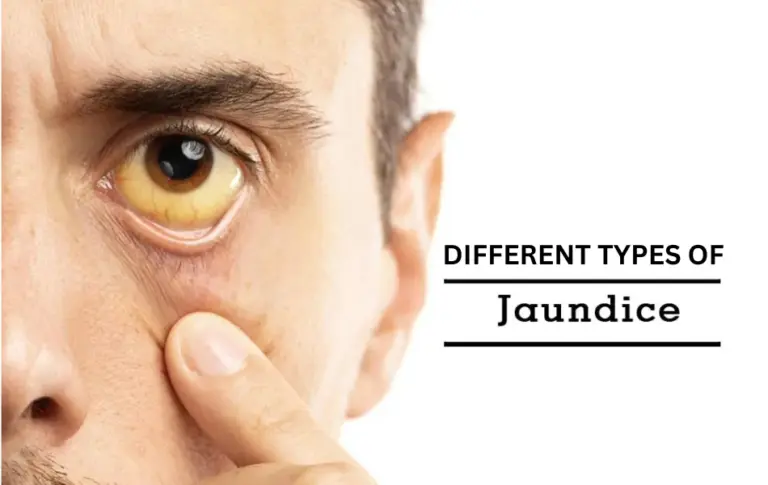
Sorts of Jaundice
Jaundice can be identified right into three teams. Therapy of jaundice depends upon the underlying source of it. To put it simply, therapies target the signs and symptoms instead of the disease itself.
Given that there are numerous elements behind why jaundice can happen, it has been categorized right into 3 vast categories based on the causal aspects. The classification is done by investigating which part of the liver is malfunctioning and just how it affects the disposal of bilirubin from the bloodstream. Below are the 3 significant types of jaundice that can impact you.
1. Hepatocellular Jaundice
It takes place as a result of liver problems or injury. The liver commonly acquires harm because of infections, extreme use of alcohol and similarly as a result of parasitic infections.
This damage can be triggered due to a series of factors. If the parenchymal cells of the liver are impacted because of problems that occur as a result of infections or various other issues it can have a substantial influence producing a reduction in the metabolic rate of the liver.
Hepatocellular jaundice can additionally be activated due to numerous other conditions such as liver disease in which the liver is extremely contaminated by the liver disease infection, making it non-functional. Different other medical problems such as liver cancer cells or liver lacerations because of liver cirrhosis created due to alcohol abuse can additionally activate hepatocellular jaundice.
Therapy for Hepatocellular jaundice: This can be taken care of by liver hair transplant or by fixing the liver. The goal of therapy is to take care of more damage.
2. Hemolytic Jaundice
It occurs when erythrocytes or red blood cells break down at an increased cost, resulting in the buildup of much more bilirubin. This takes place due to transmittable diseases such as jungle fever, anaemia etc.
This issue marked by the excessive disintegration of the red blood cells is referred to as hemolysis and is an extreme clinical problem that can be proved to be lethal quickly. Hemolytic jaundice can be specified as an inequality between the RBC failure and bilirubin clearance procedure percentage of the blood and liver.
Hemolytic jaundice is very common in people managing jungle fever, where the jungle fever bloodsuckers attack the red cell at a fast lane resulting in a high emphasis of bilirubin existing in the blood. The production of red blood corpuscles is important to maintain the RBC count typical in the blood, sometimes red cell manufacturing fails to match the quantity of RBC fragmentation which can furthermore cause jaundice.
3. Obstructive Jaundice
This happens when bilirubin is obstructed and is incapable of being discharged from the liver.
Obstructive jaundice is a type of jaundice that happens because of blocks that are developed between the bile duct linking the liver, gallbladder and intestinal system. This blockage or block protects against the liver from removing the excess bilirubin from the liver creating extreme malfunctioning of the liver which consequently creates jaundice.
The bile duct is a collection of tubes that are accountable for lugging bile from the liver to the gallbladder. Obstructive jaundice can take place as a result of several components that can activate a block in the bile duct. The best instance of the precise very same would be gallstones which can exist in the circulations of the biliary system. Inflamed lymph glands can additionally trigger obstructive jaundice.